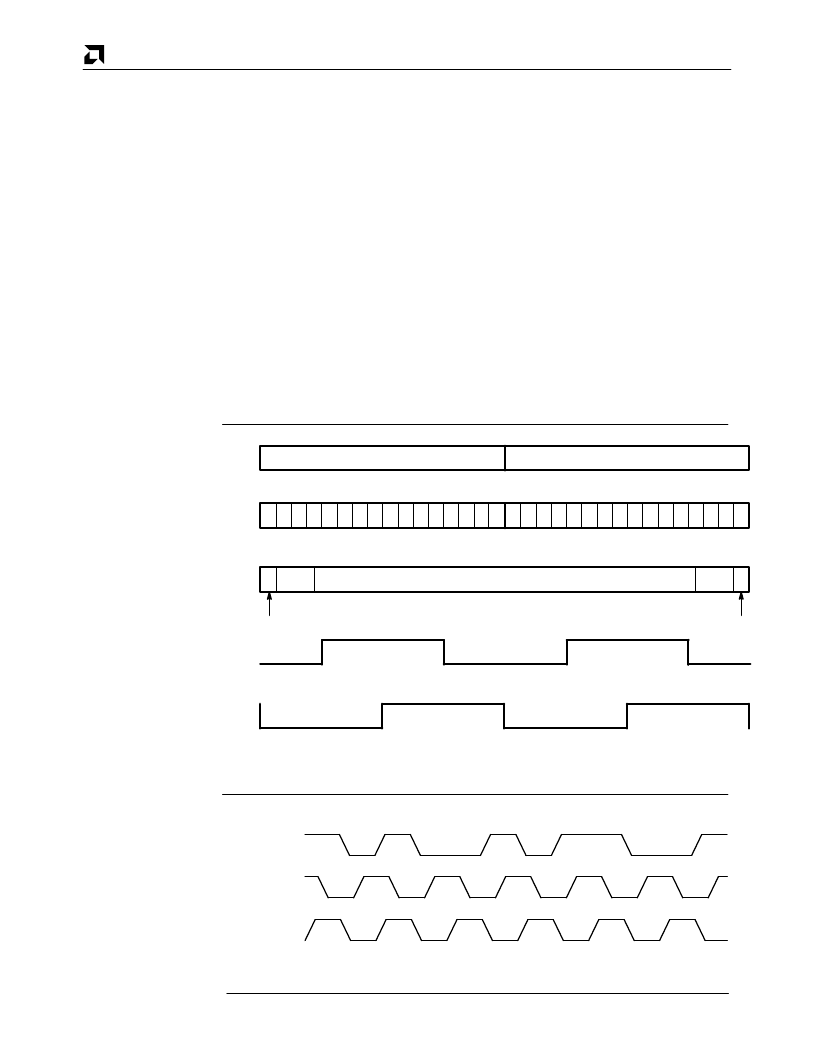- 您現(xiàn)在的位置:買賣IC網(wǎng) > PDF目錄366552 > AM8530 (Advanced Micro Devices, Inc.) Serial Communications Controller PDF資料下載
參數(shù)資料
| 型號(hào): | AM8530 |
| 廠商: | Advanced Micro Devices, Inc. |
| 英文描述: | Serial Communications Controller |
| 中文描述: | 串行通信控制器 |
| 文件頁數(shù): | 108/194頁 |
| 文件大小: | 797K |
| 代理商: | AM8530 |
第1頁第2頁第3頁第4頁第5頁第6頁第7頁第8頁第9頁第10頁第11頁第12頁第13頁第14頁第15頁第16頁第17頁第18頁第19頁第20頁第21頁第22頁第23頁第24頁第25頁第26頁第27頁第28頁第29頁第30頁第31頁第32頁第33頁第34頁第35頁第36頁第37頁第38頁第39頁第40頁第41頁第42頁第43頁第44頁第45頁第46頁第47頁第48頁第49頁第50頁第51頁第52頁第53頁第54頁第55頁第56頁第57頁第58頁第59頁第60頁第61頁第62頁第63頁第64頁第65頁第66頁第67頁第68頁第69頁第70頁第71頁第72頁第73頁第74頁第75頁第76頁第77頁第78頁第79頁第80頁第81頁第82頁第83頁第84頁第85頁第86頁第87頁第88頁第89頁第90頁第91頁第92頁第93頁第94頁第95頁第96頁第97頁第98頁第99頁第100頁第101頁第102頁第103頁第104頁第105頁第106頁第107頁當(dāng)前第108頁第109頁第110頁第111頁第112頁第113頁第114頁第115頁第116頁第117頁第118頁第119頁第120頁第121頁第122頁第123頁第124頁第125頁第126頁第127頁第128頁第129頁第130頁第131頁第132頁第133頁第134頁第135頁第136頁第137頁第138頁第139頁第140頁第141頁第142頁第143頁第144頁第145頁第146頁第147頁第148頁第149頁第150頁第151頁第152頁第153頁第154頁第155頁第156頁第157頁第158頁第159頁第160頁第161頁第162頁第163頁第164頁第165頁第166頁第167頁第168頁第169頁第170頁第171頁第172頁第173頁第174頁第175頁第176頁第177頁第178頁第179頁第180頁第181頁第182頁第183頁第184頁第185頁第186頁第187頁第188頁第189頁第190頁第191頁第192頁第193頁第194頁

Support Circuitry Programming
AMD
5–14
With all three of these data encoding methods there will be at least one transition in every
bit cell, and in FM mode the DPLL is designed to expect this transition. In particular, if no
transition occurs between the middle of count 12 and the middle of count 19, the DPLL is
probably not locked onto the data properly. When the DPLL misses an edge the One
Clock Missing bit in RR10 is set to ‘1’ and latched. It will hold this value until a Reset
Missing Clock command is issued in WR14 or until the DPLL is disabled or programmed
to enter the Search mode.
Upon missing this one edge the DPLL takes no other action and does not modify its count
during the next counting cycle. However, if the DPLL does not see an edge between the
middle of count 12 and the middle of count 19 in two successive 0 to 31 count cycles, a
line Figure 5–7. DPLL Operating Example error condition is assumed. If this occurs, the
two Clocks Missing bits in RR10 are set to ‘1’ and latched. At the same time the DPLL
enters the Search mode. The DPLL makes the decision to enter Search mode during
count 2, where both the receive and transmit clock outputs are Low. This prevents any
glitches on the clock outputs when Search mode is entered. While in Search mode no
clock outputs are provided by the DPLL. The two Clocks Missing bit in RR10 is latched
until a Reset Missing Clock command is issued in WR14, or until the DPLL is disabled or
programmed to enter the Search mode.
In NRZI Mode of operation and while the DPLL is disabled, the One and Two Clock Miss-
ing bits in RR10 will be reset to ‘0’.
Bit Cell
17
Count
16
19
18
21
20
23
22
25
24
27
26
28
30
29
31
1
0
3
2
5
4
7
6
9
8
11
10
12
14
13
15
Correction
Ignored
No Change
No Change
RX DPLL Out
+1
–1
TX DPLL Out
Figure 5–8. DPLL in FM Mode
1
1
0
0
1
0
Data
Manchester
RX DPLL Out
TX DPLL Out
Figure 5–9. Manchester Clock Recovery
相關(guān)PDF資料 |
PDF描述 |
|---|---|
| AM8530H | Serial Communications Controller |
| AM85C30-10PC | Enhanced Serial Communications Controller |
| Am85C30 | Serial Communications Controller |
| AM85C30 | Enhanced Serial Communications Controller |
| AM85C30-8PC | Enhanced Serial Communications Controller |
相關(guān)代理商/技術(shù)參數(shù) |
參數(shù)描述 |
|---|---|
| AM8530ADC | 制造商:未知廠家 制造商全稱:未知廠家 功能描述:Communications Controller |
| AM8530ADCB | 制造商:未知廠家 制造商全稱:未知廠家 功能描述:Communications Controller |
| AM8530AJC | 制造商:未知廠家 制造商全稱:未知廠家 功能描述:Communications Controller |
| AM8530APC | 制造商:未知廠家 制造商全稱:未知廠家 功能描述:Communications Controller |
| AM8530DC | 制造商:未知廠家 制造商全稱:未知廠家 功能描述:Communications Controller |
發(fā)布緊急采購,3分鐘左右您將得到回復(fù)。